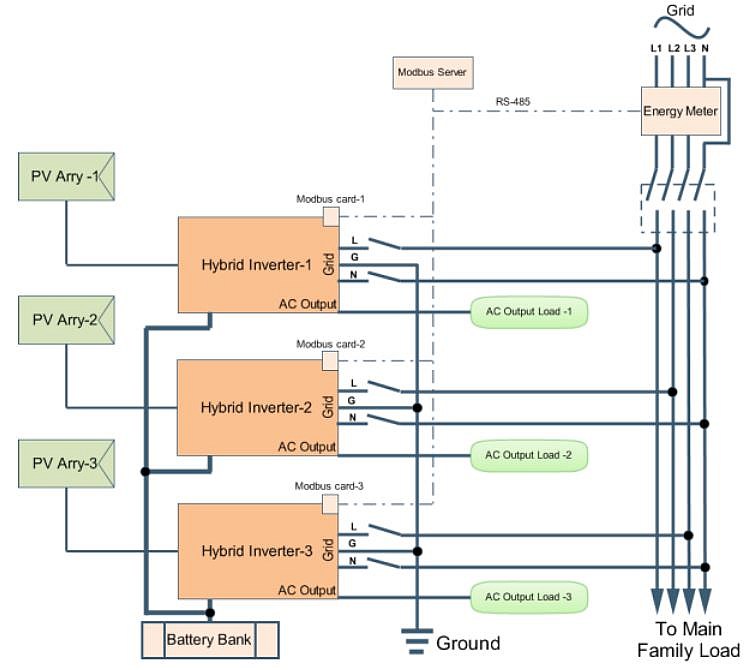

Given the Modbus data address, the PLC address is determined as:įor example, if the Modbus address for a discrete output coil is 22, then the most significant part is 2 (22 / 8) and the least significant part is 6 (22 mod 8). The least-significant part of the PLC address has a range 0 to 7, therefore, a little math is needed to translate between PLC addresses and Modbus data addresses. For example, a large server may be used to master a programmable logic controller (PLC) or programmable automation controller (PAC), while that PLC/PAC may in turn master a sensor, valve, motor, or any other embedded device. Platforms based on ATmega 328P, ATmega 168, ATmega32U4, and ATmega16U4 like the Arduino Uno and similar have an even more limited address space due to their very low RAM footprint: Modbus Data Typeĭiscrete output coil and discrete input contact binding are based on the the two-part PLC address, without unused Modbus data addresses. Modbus is typically used for Supervisory Control and Data Acquisition (SCADA)-style network communication between devices.

The following table shows the Modbus address space for the OpenPLC Linux/Windows runtime: Modbus Data Typeĭue to memory limitations, embedded platforms like Arduino boards have a much more limited Modbus address space, according to the table below: Modbus Data Type Addresses are mapped sequentially whenever possible. lower PLC addresses are mapped to lower Modbus addresses. The Modbus addresses bind to PLC addresses based on the hierarchical address value, i.e. Write multiple analog output registers (0x10).

We have written the data 1123, 7893, 12.13, and 67.987 on TIA Portal Modbus Data Block. Writing data from the PLC to Modbus slave. To write data from TIA to the Modbus server simply change the MBMODE parameter to 1 on the MBCLIENT block.
#Ab7042 modbus server how to#
Write analog output holding register (0x06) This has shown how to read data on a Modbus server into a Modbus client in TIA Portal.Read analog output holding registers (0x03).Support server Warranty conditions Technical assistance. Modbus RTU Master - Modbus TCP Slave without cable. Write multiple discrete output coils (0x0F) AB7028 Modbus TCP slave - Modbus RTU Master My Account Sign in.OpenPLC supports the following Modbus function codes: This configuration can be changed on the “Settings” tab. The OpenPLC Runtime for Linux and Windows hosts has a Modbus server running by default on TCP port 502. The OpenPLC micro runtime for Arduino-compatible boards also supports Modbus frames over serial and USB. The remote master initiates read and write requests to the OpenPLC slave sending Modbus frames over the network (Modbus/TCP). A Modbus slave is normally controlled by a master that performs measurement and control. OpenPLC can be configured as a Modbus slave (server).


 0 kommentar(er)
0 kommentar(er)
